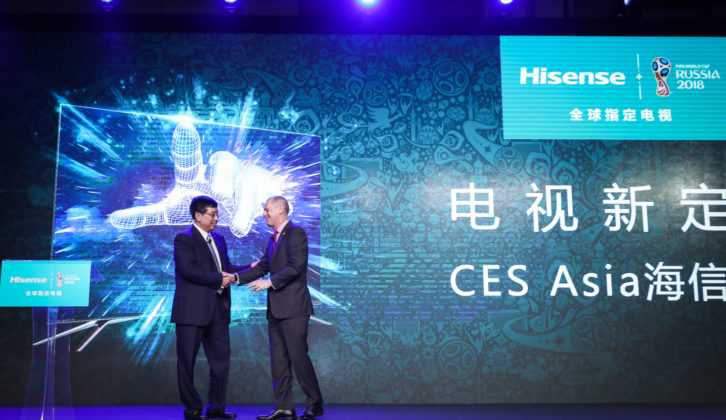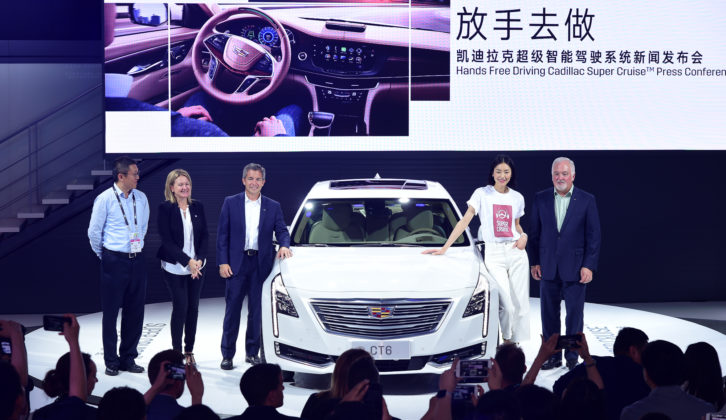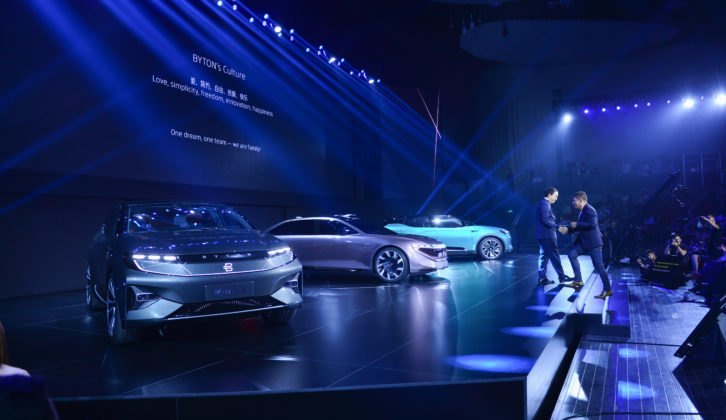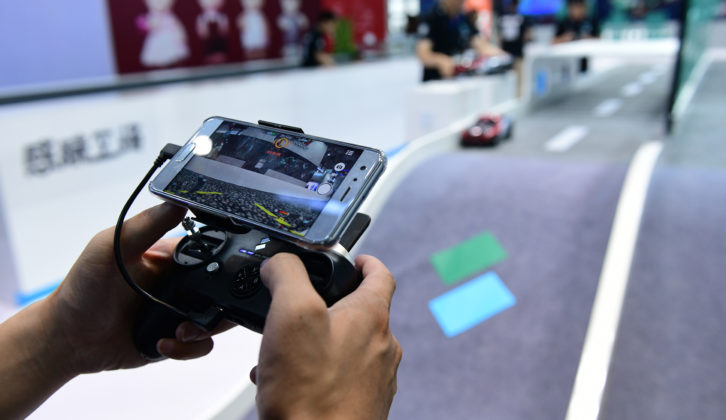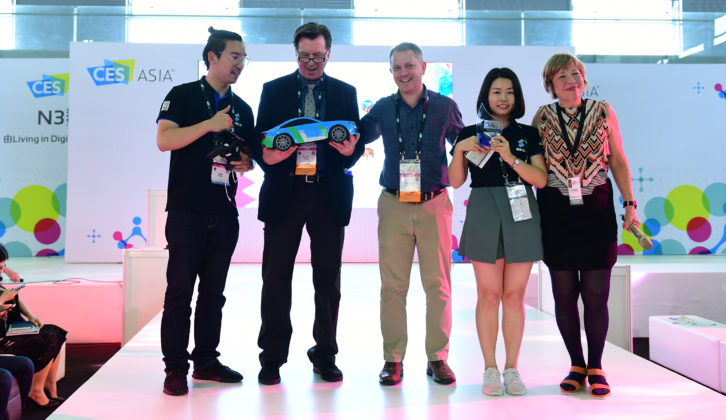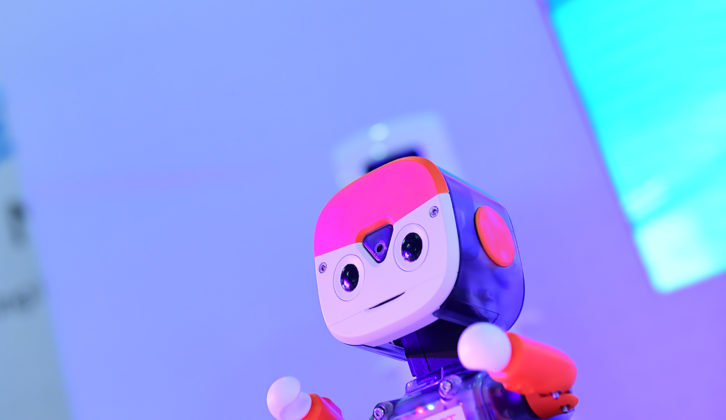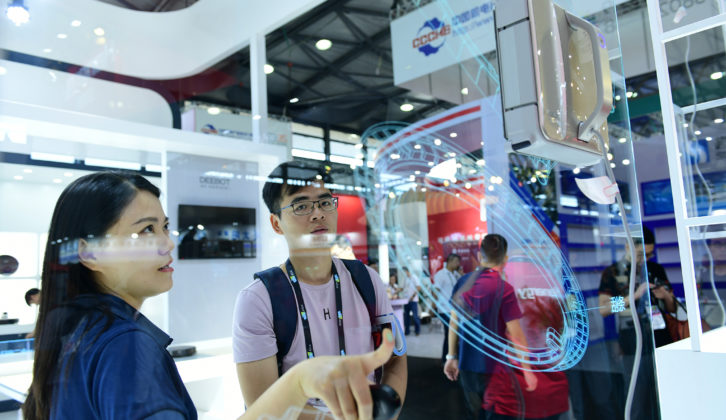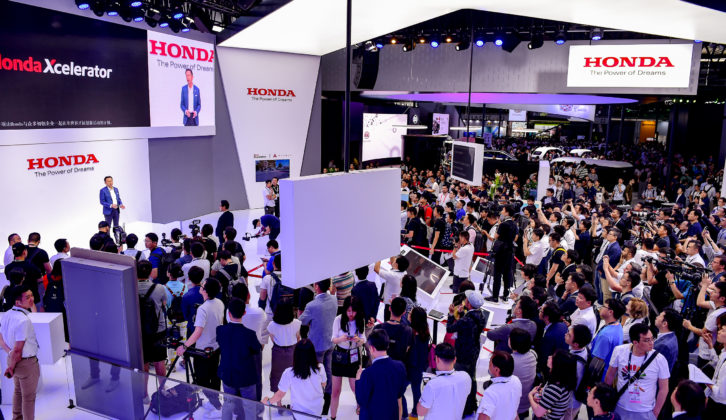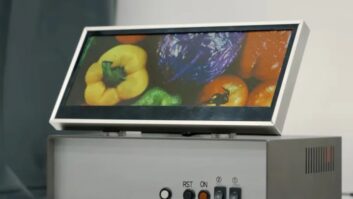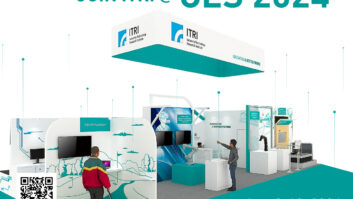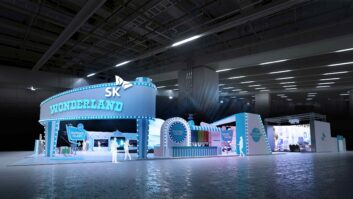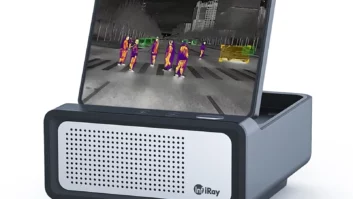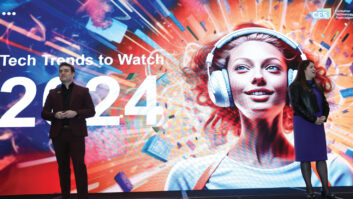The fourth annual CES Asia kicked off this week, bringing exploration of nearly every facet of emerging technology to the Shanghai New International Exhibition Centre (SNIEC) and Kerry Hotel in Shanghai, China.
A keynote address from Consumer Technology Association (CTA) president/CEO Gary Shapiro marked the trade show’s opening, which is hosting over 500 companies through June 15.
CTA president/CEO Gary Shapiro and Hisense chairman Zhou Houjian
Cadillac gave its Super Cruise hands-free driving system its official China debut.
A mobile gaming demonstration on the show floor
Senseplay FPV Car Series was the winner in Living in Digital Times’ Last Gadget Standing competition.
Living in Digital Times also held a Robots on the Runway event that showcased a variety of high-tech bots for various environments.
AI solutions are heavily in focus at this year’s CES Asia
Noted Shapiro: “We’re proud to bring the entire tech ecosystem together this week in Shanghai to focus on the future of tech. The innovations on the show floor create disruption, but also provide solutions. Self-driving vehicles can stop fatalities; AI is making us safer and healthier and drones are helping in disaster relief.”
“CES Asia focuses on what unites us rather than on what divides us,” he added.
See: CES As A Global Show Addressing Worldwide Challenges — And Solutions
Hisense chairman Zhou Houjian and general manager Yu Zhitao highlighted the future of display technology, including how the company is creating a full-field view search interactive function. Hisense’s AI technology developed specifically for the World Cup was also showcased.
Kevin Ho, Huawei president of handsets, touched upon the company’s focus on improvements in mobile technology, including lens technology, 5G and advanced GPU Turbo processor software, the latter slated for select Honor brand and flagship Mate 10 and Mate 10 Pro superphones. He also launched Huawei’s “Next Image Awards,” competition.
The first official day of the show concluded with a keynote from Byton president/co-founder Dr. Daniel Kirchert and marketing VP Henrik Wenders, who together shared the company’s vision of the future of self-driving cars.
See: CTA Announces Innovations Awards Honorees For CES Asia
Byton’s K-Byte Concept autonomous car was also unveiled, featuring front and rear LiDAR sensors that enable a full-view panoramic scan of the vehicle’s surroundings. The retractable system will deploy in autonomous driving mode and retract during parking; it can also double as illuminating signals for pedestrians.
The company has teamed with Aurora to develop a Level 4 (L4) autonomous driving program. L4 is defined as a state where the car can operate without human input or oversight but only under specific select conditions. The companies said they intend to have a fleet of prototype vehicles with L4 capabilities ready for testing by the end of 2020, in preparation for L4-ready mass production and delivery.
Other highlights from the show included:
- In his 2018 Tech Trends to Watch presentation, CTA VP Steve Koenig made predictions on how emerging technologies like AI, voice computing and robotics will impact lives and offer opportunities, while Lesley Rohrbaugh, CTA market research director, delved into the future of smart cities and their evolution throughout Asia.
- Cadillac presented its Super Cruise hands-free driving system for highways. The system, initially rolled out on the Cadillac CT6 flagship sedan in the United States, employs a driver attention system and precision LiDAR map data for hands-free highway driving.
- Honda announced the Honda Xcelerator project, which aims to cooperate with innovative enterprises worldwide.
- Kia announced its “Boundless for All” vision, which intends to provide customers with broader solutions and reinforce its concept of “Mobility-ACE.”
- Senseplay FPV Car Series was No. 1 in Last Gadget Standing, presented by Living in Digital Times.
CES Asia is owned and produced by International CES (Shanghai) Exhibition and co-produced by Shanghai Intex.
